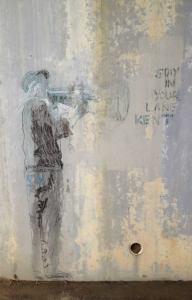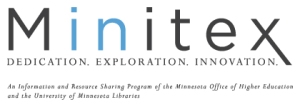 It might be old school, but many libraries are seeing more engagement than ever with one simple tool: a bulletin board. A simple easel and marker, or the more ambitious “graffiti wall,” are getting students to interact more than any social media tool.
It might be old school, but many libraries are seeing more engagement than ever with one simple tool: a bulletin board. A simple easel and marker, or the more ambitious “graffiti wall,” are getting students to interact more than any social media tool.
Andy Priestner, Information & Library Services Manager at Cambridge Judge Business school in the UK, also added to the conversation with his blog post about “The Speaking Wall.” First, he mentions how they don’t “expect to receive many comments or opinions on our social media channels.” A sentiment that many social media managers can echo. Then he moves on to the four large noticeboards they have in his library and how they used them to create a graffiti wall. “As a low-cost method of gathering user opinion and engaging in user dialogue our graffiti wall has been a great success,” he says. “It has played a significant role in resolving both known and unknown issues, and has been a very useful means of proving that the we are interested in, and open to, what our users have to say and pretty damn responsive too.”
Simple, cheap, and his students are engaging with it. Are you inspired? Or are you already using this technique? Send us a pic or tell us about it below!
Image credit: http://tinyurl.com/popjzbs, licensed under CC BY-SA 4.0
 This message comes to us from Liz Reppe, State Law Librarian. Take advantage of this great resource!
This message comes to us from Liz Reppe, State Law Librarian. Take advantage of this great resource!



